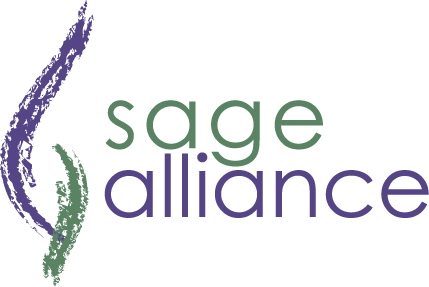Expressing curiosity is the single biggest skill for being a great leader coach, and an integral part of the SAGE Coaching Approach. When you ask inquisitive or thought-provoking questions, you begin to channel your curiosity. This is especially helpful when the employee is stuck or unsure of what to do next. This enables the employee to reflect and look at the situation from a different perspective.
Here are some examples of thought-provoking questions you can ask:
o How do you see the situation?
o What is your assessment of this situation?
o In a perfect world, how would you like it to be?
o What is your vision for this?
o What have you thought about doing?
o What is stopping you from moving forward?
o What if you do nothing?
What do all of these questions have in common? They are open-ended. They are not simple yes-or-no questions, but multifaceted ones.

They cause the responder to think and reflect before answering. As a result of asking open-ended questions, you will get a wealth of information about the situation, the employee, and the challenges they are facing.
Open-ended questions provide the employee with a blueprint for things to consider when they encounter a similar situation in the future. Employees learn to exercise critical thinking and consider different perspectives for solving a problem or exploring implications for various alternatives. You are modeling the SAGE Coaching Approach while you are helping the employee to solve problems themselves.
I see leaders struggle with asking open-ended questions. It is easy to say, “Seems like you’re struggling here; is that true?” To which the reply is “Yes” or “No.” From this interaction, your immediately solving the problem becomes the next logical step. Instead ask, “What is your assessment of this situation?” With this question, you receive invaluable information that goes beyond the simple yes or no to understand the employee’s challenges. You discover the reason why they are struggling instead of confirming something you already know.
Of course, there is a place for close-ended questions. For example, you can use close-ended questions to confirm a piece of information or verify the accuracy of a situation. However, in the SAGE Coaching Approach, open-ended questions are far more powerful and give you an abundance of information to coach the employee.
SAGE Alliance, a Leadership Performance Company; provides executive coaching, team-building, industry leading assessments, workshops and speaking on topics including: building a high-performing team through coaching, developing and optimizing your top talent, delivering commanding communications, creating a lasting impression, making a greater impact through personal branding for executives and high-potentials – for both team and individual leaders.
Shelley Hammell, is the president, CEO and author of You Think You’re Coaching, But You’re Not! available HERE, and is available for book signings and speaking engagements.
